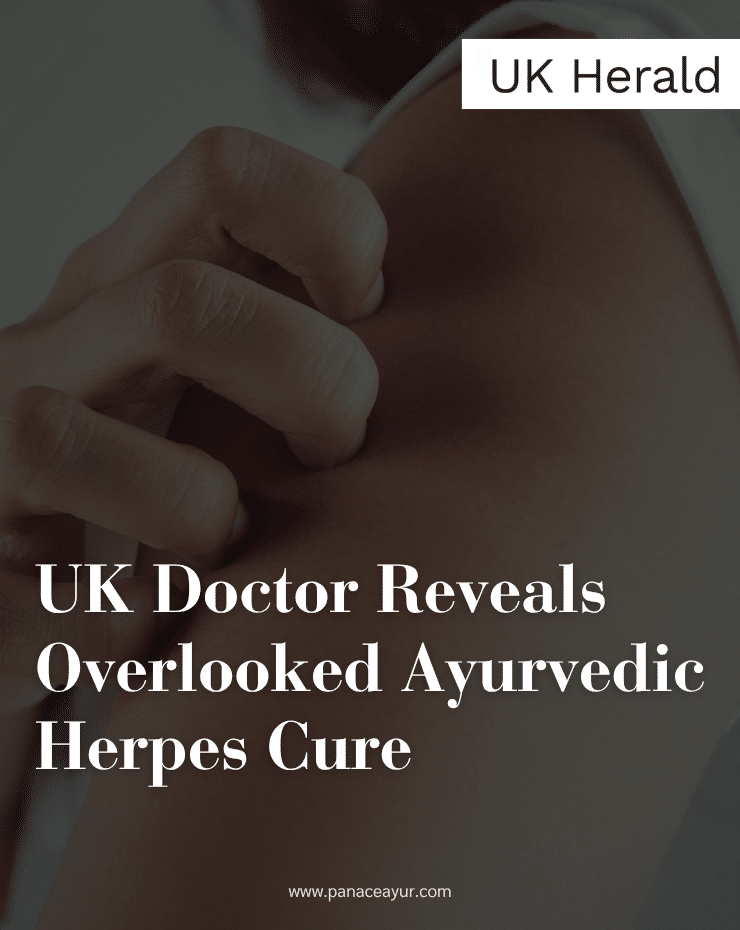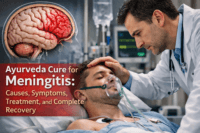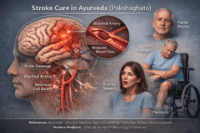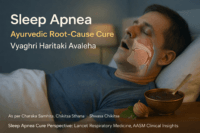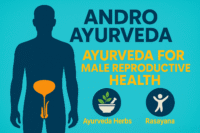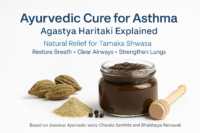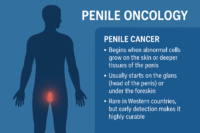In June 2025, London‑based Ayurvedic physician Dr. Arjun Kumar of Panaceayur self‑administered a classical Rasayana formula comprising Gandhak Rasayan, Abhrak Bhasma, Swarna Makshik Bhasma, and antiviral botanicals like Kalmegh and Neem and achieved zero detectable herpes viral load in modern DNA PCR and IGG lab tests.
His fully documented recovery, including detailed blood reports and references to ancient Sanskrit texts, is freely available on YouTube for transparent public review . The complete treatment protocol is detailed in his book Herpes Cure: A Research‑Backed Guide to Healing Through Herbal Medicine and combines centuries‑old Ayurvedic wisdom with rigorous modern diagnostics .
Each component of this regimen is underpinned by contemporary studies antiviral activity of Gandhak Rasayan, nanomedicine research on Abhrak Bhasma, immunomodulatory effects of Swarna Makshik Bhasma, and the antiviral efficacy of Kalmegh and Neem.
A free, UK‑specific recovery guide covering dietary recommendations, precise Rasayana combinations, and follow‑up strategies is now accessible to all patients seeking alternative herpes therapies . With roughly 60% of the UK population carrying HSV‑1 and about 10% harboring HSV‑2 and over 20,000 new genital herpes cases diagnosed annually in sexual health clinics this breakthrough offers a timely, integrative solution that targets root‑level viral eradication rather than mere symptom suppression.


